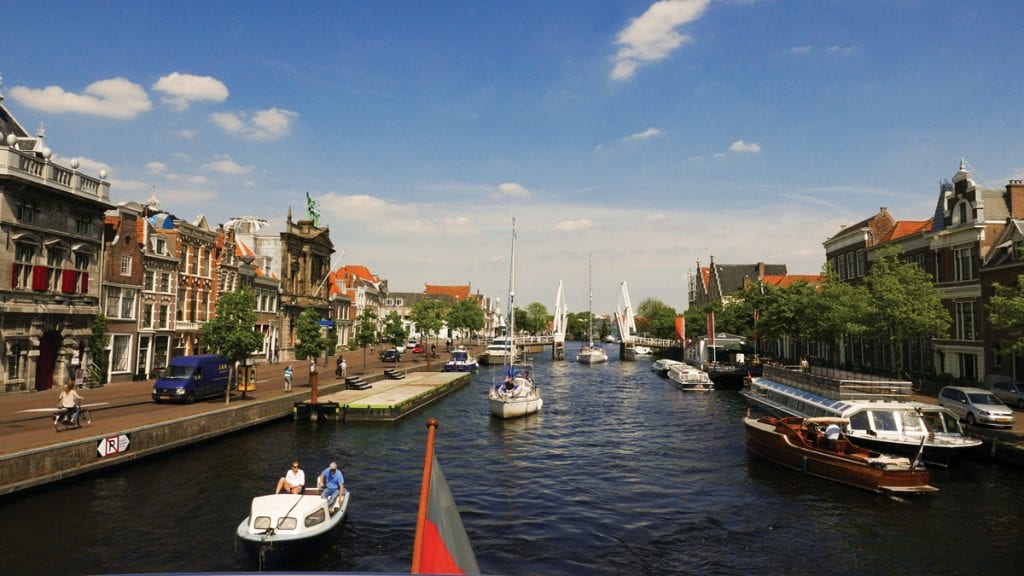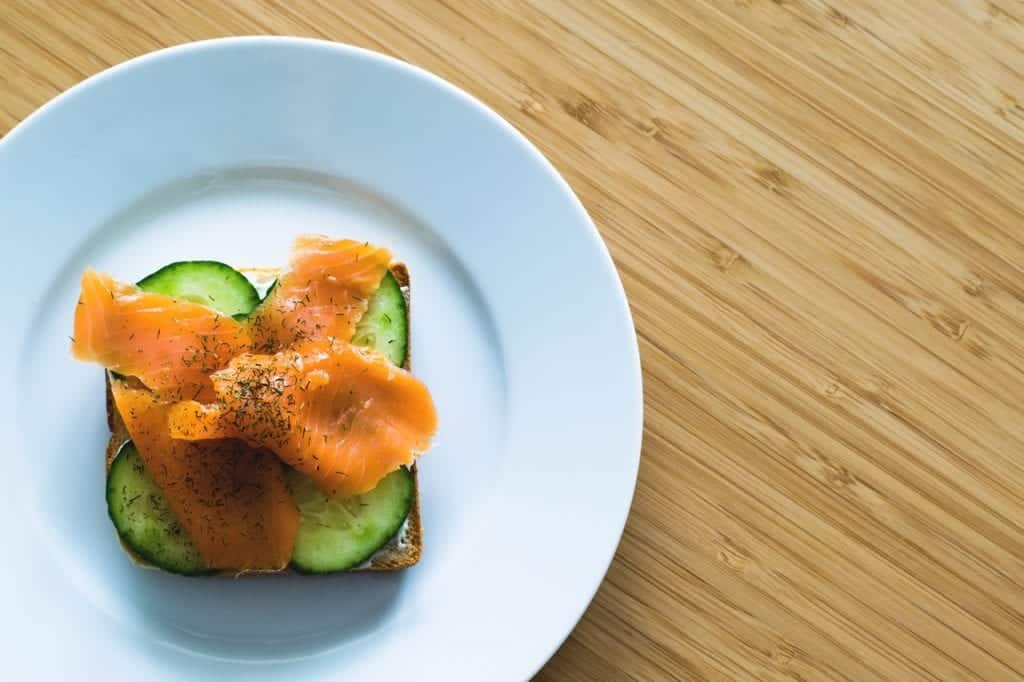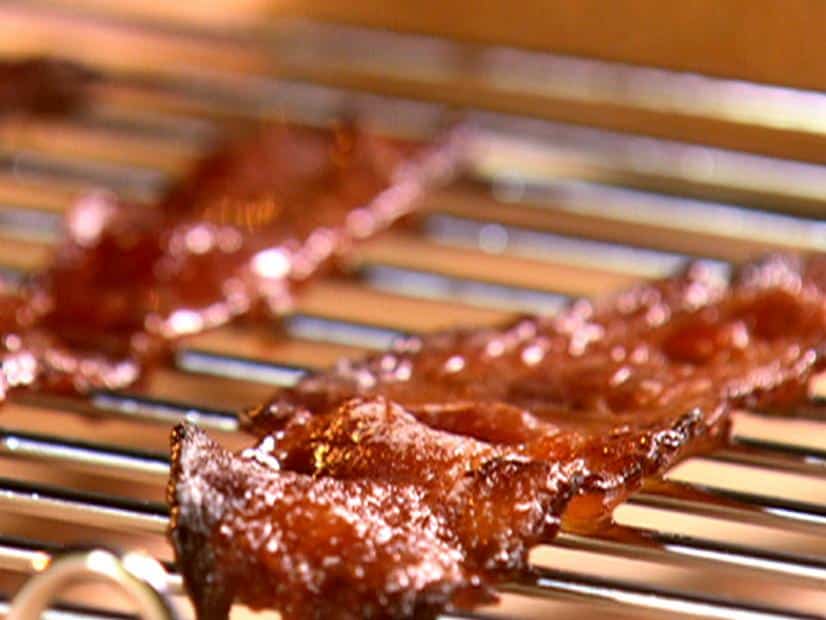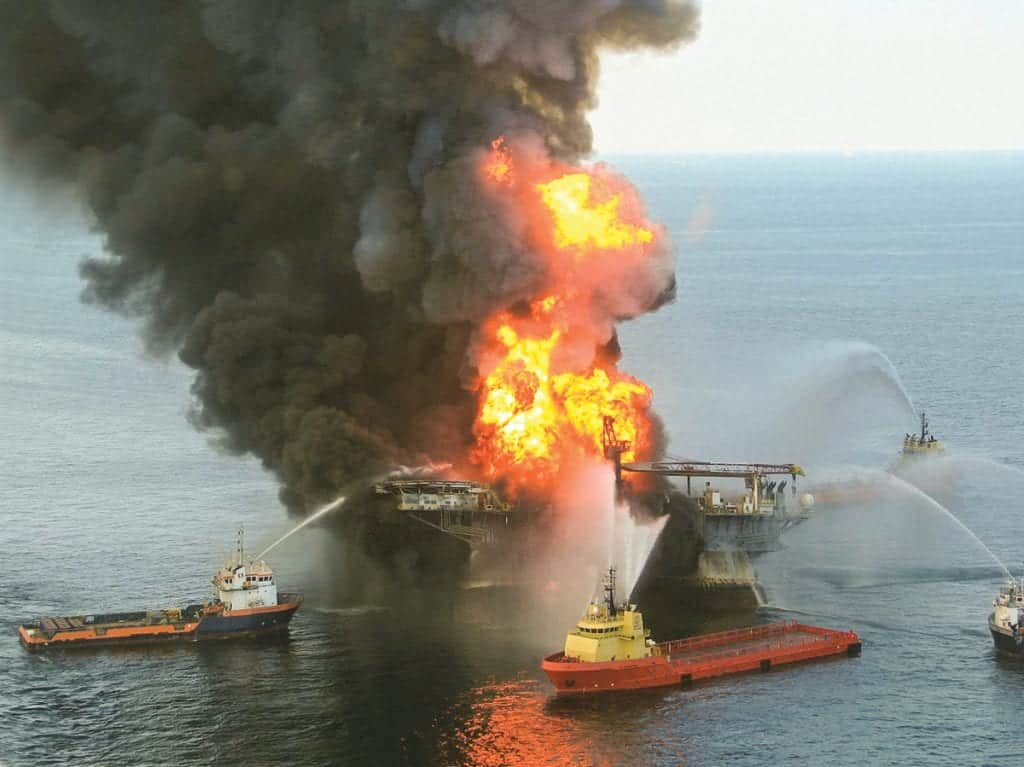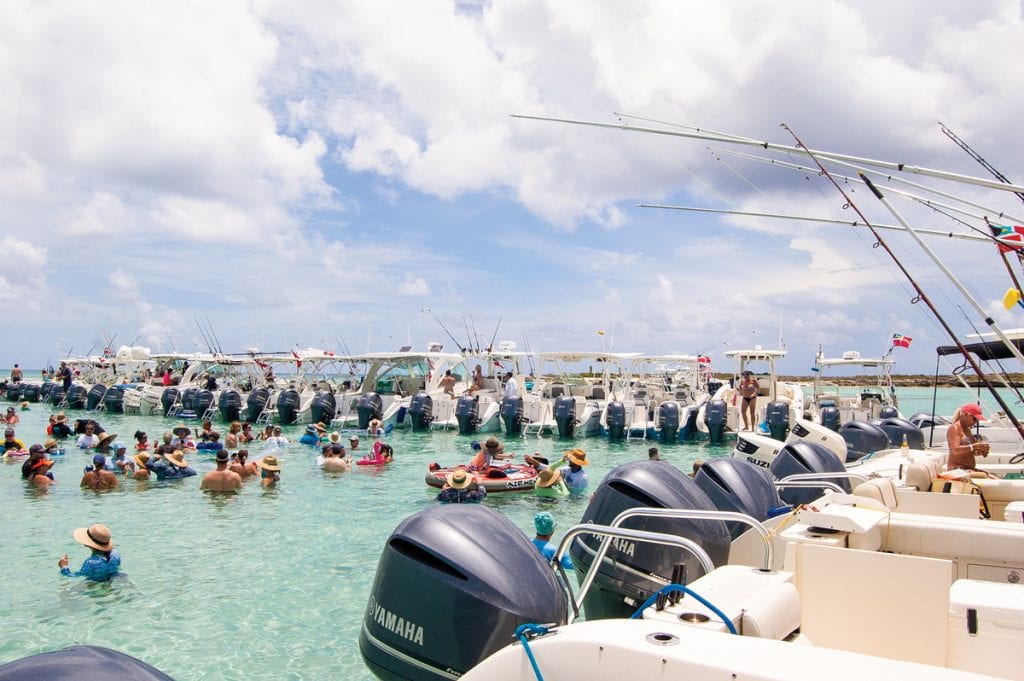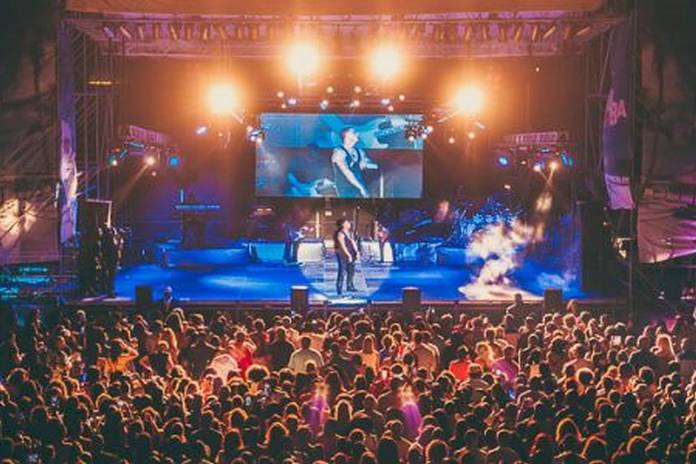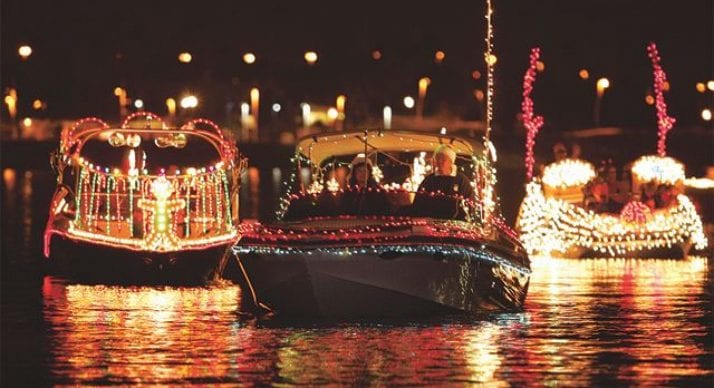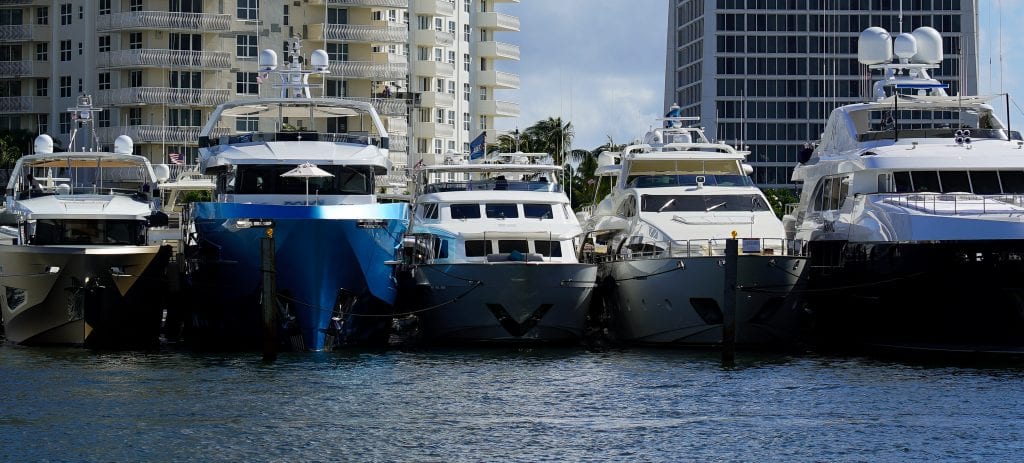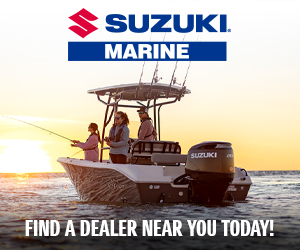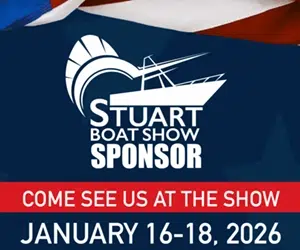Lifestyle
The tagline says it all: Southern Boating is more than a location; it’s a way of life! Boating is a lifestyle, and we’re here to show you how it’s done, the Southern Boating way. That means we care about the water that surrounds us, the people who support us, and the culture that fulfills us.
Cruising through Europe
Thomas Kittel retires from a successful executive career and with his wife, Jutta, he embarks on a series of cruising...
Read moreDetailsBoathouse Auctions
Sometimes a boat is worth much more than the sum of its parts. One such case? M/Y Hercules. Interviews with...
Read moreDetailsQuick and Easy Breakfast Strata
Easy Breakfast Strata While we all love the holidays, we DON'T love the heaviness that comes with big Christmas roasts...
Read moreDetailsFestive Fruit Salad
Festive Fruit Salad While we all love the holidays, we DON'T love the heaviness that comes with big Christmas roasts...
Read moreDetailsSmoked Salmon Toasts with Avocado
Smoked Salmon Toasts Simple and elegant, these smoked salmon toasts will be the perfect complement to any brunch you host this...
Read moreDetailsHoliday Eggnog Latte
Holiday Eggnog Latte Tired of the old holiday standard fare? We've grown weary of heavy-handed feasts of roasted birds and...
Read moreDetailsStuffed Dates
Stuffed Dates Skip the heavy holiday hams and roasts. If you're cruising over the holidays, switch it up. Plan a...
Read moreDetailsBillionaires Bacon
Billionaires Bacon Skip the heavy holiday hams and roasts. If you're cruising over the holidays, switch it up. Plan a festive...
Read moreDetailsPomegranate Champagne Cocktail
Skip the heavy holiday hams and roasts. If you're cruising over the holidays, switch it up. Plan a festive champagne...
Read moreDetailsDeepwater Horizon: Eight Years Later
Has the Gulf of Mexico recovered from the Deepwater Horizon disaster? The Deepwater Horizon oil rig, located 42 miles off...
Read moreDetailsWorld Cat Rendezvous
The World Cat Rendezvous was a blast in Bimini. The Bahamas, especially Bimini, is so close off the coast of...
Read moreDetailsMusic Festivals You Can Cruise To
2019 Music Festivals You Can Cruise To Here are some of the music festivals you can cruise to in 2019....
Read moreDetailsHoliday Boat Parades
Holiday Boat Parades 2018 One of the best parts of the season? Holiday Boat Parades. Check out a parade near...
Read moreDetailsSights From FLIBS
Did you make it to the Fort Lauderdale International Boat Show? There were some serious boats, some shiny electronics, and...
Read moreDetailsGrilled Prosciutto-Wrapped Turkey Breast
Grilled Prosciutto-Wrapped Turkey Breast Cruising during Thanksgiving? You can skip the full bird this year, too much work, too much...
Read moreDetails

